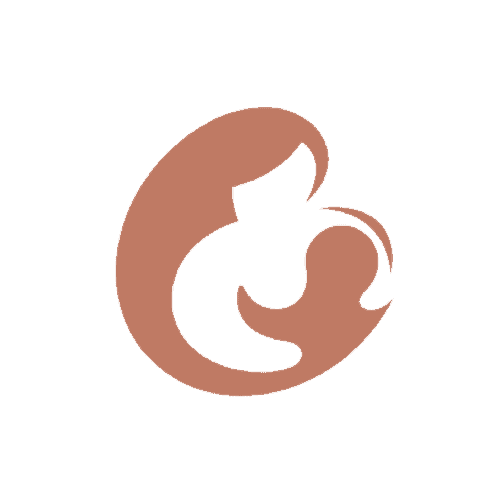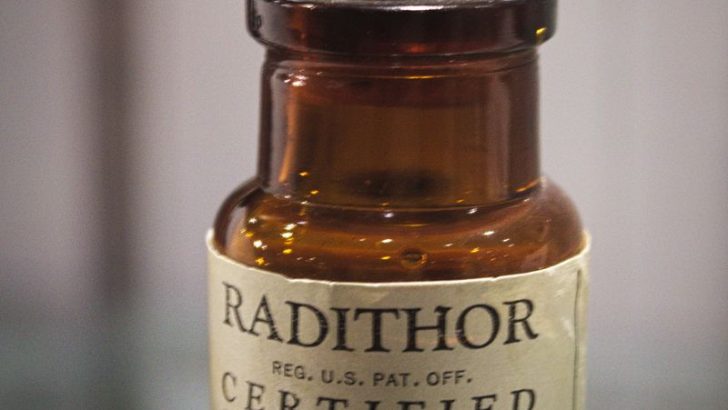Over the years, the culinary world has seen various ingredients come and go. While some have been phased out due to changing tastes, others have been banned for safety reasons. These once-common items have intriguing stories and impacts on food history.
1. Sassafras Oil
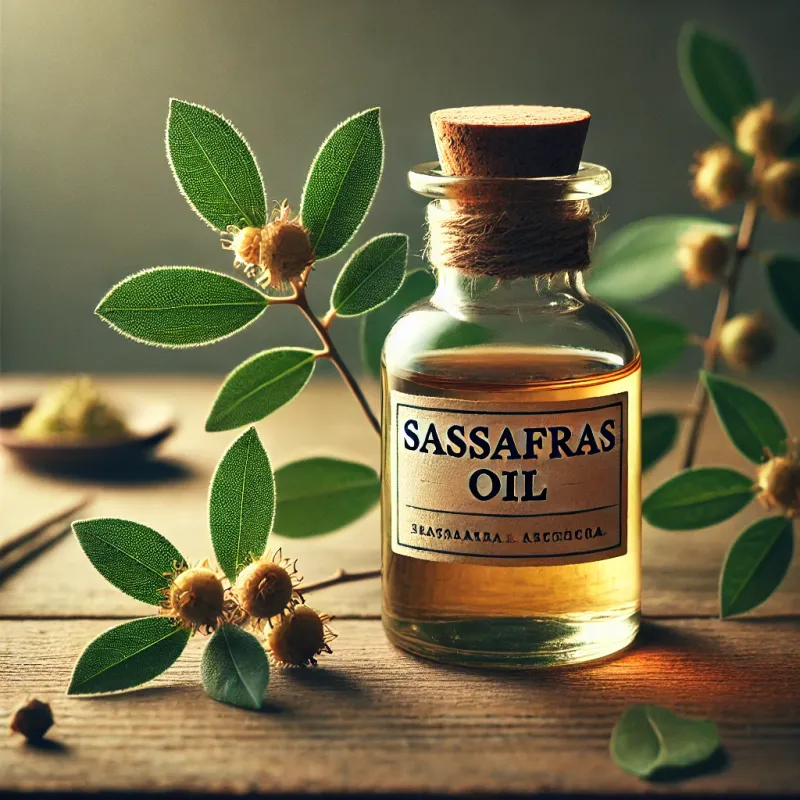
Sassafras oil, once a staple flavor in root beer, was revered for its sweet aroma. Hailing from the sassafras tree, its aromatic nature was not only beloved for beverages but also for traditional medicines.
However, its journey took a turn when studies revealed safrole, a component of the oil, could be carcinogenic. Concerns over its safety led to a ban in commercial food and drink production.
Today, sassafras oil is remembered as a nostalgic aroma from the past, a relic of times when it delighted taste buds without the knowledge we possess now.
2. Calamus Oil
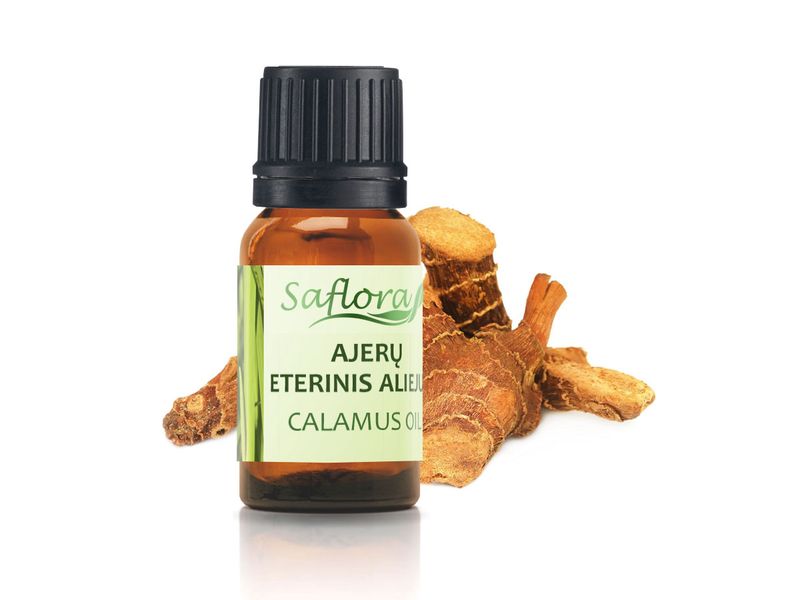
Calamus oil, derived from the roots of the calamus plant, was prized for its spicy warmth and fragrant scent. It was a cherished ingredient in candies and liquors, adding a distinctive flavor.
Nevertheless, scientific findings revealed the presence of carcinogenic beta-asarone in calamus oil. This discovery led to its ban in edible products, marking the end of its culinary application.
Though its use in cooking has ceased, calamus oil remains a part of herbal medicine and aromatherapy, a testament to its enduring allure despite its controversial history.
3. Tonka Beans

With their intoxicating aroma reminiscent of vanilla, tonka beans were once a favored ingredient in desserts. Originating from South America, they imparted a unique flavor to sweet dishes.
However, the presence of coumarin, which can lead to liver damage in high doses, led to their prohibition in food products in several countries. Their captivating scent still finds a place in perfumery and cosmetics.
Tonka beans serve as a reminder of the thin line between culinary delight and health risks, capturing both intrigue and caution in the kitchen.
4. Aldrin

Aldrin, once hailed as a powerful pesticide, was commonly used in agricultural practices. It found its way into homes, ensuring crops remained free from pests.
As research advanced, concerns about its toxicity and environmental impact emerged. Its persistence in the environment and potential harm to human health led to a global ban.
Although no longer part of the culinary world, Aldrin’s legacy lingers as a crucial lesson in the importance of sustainable practices and the balance between pest control and safety.
5. Cyclamate

Cyclamate, a sugar substitute, rose to fame during the mid-20th century. It offered a sweet taste with fewer calories, making it popular among those seeking healthier alternatives.
However, studies in the 1970s linked cyclamate to cancer in laboratory animals, leading to its ban in many countries. Despite ongoing debate, it remains banned in several regions.
Cyclamate highlights the constant quest for safe sugar alternatives, and its story serves as a cautionary tale of rapid popularity followed by unforeseen health concerns.
6. Potassium Bromate

Potassium bromate, once a common bread improver, was used to strengthen dough and enhance its rise. Bakers appreciated its ability to produce light, fluffy loaves.
Despite its benefits, studies indicated potential links to cancer, prompting bans in several countries. Today, many bakeries have switched to safer alternatives, leaving potassium bromate as a past chapter in bread-making.
While it no longer graces bakery shelves, its history compels the food industry to continuously evaluate ingredient safety, ensuring consumer well-being remains paramount.
7. Radithor
Radithor, a once-popular health tonic, promised rejuvenation and vitality. Marketed in the early 20th century, it contained radium, believed to have miraculous health benefits.
The tragic reality of Radithor surfaced when users suffered severe radiation poisoning. Its downfall highlighted the perils of unregulated health products and led to greater scrutiny in the industry.
Though banned, Radithor remains a sobering reminder of the need for stringent regulations and the importance of science in protecting consumer health.
8. Cocaine
Cocaine, astonishingly, was once part of the iconic Coca-Cola formula. In the late 1800s, it was viewed as a tonic, providing an energizing boost and purported health benefits.
As awareness of its addictive properties grew, public sentiment shifted, leading to its removal from food and beverages. Coca-Cola rebranded, leaving cocaine behind as a part of its early history.
This transition not only reflects evolving understanding of health and safety but also the beverage industry’s adaptability in response to consumer welfare.
9. Coumadin

Coumadin, commonly known as warfarin, began its journey as a rat poison. Surprisingly, its anticoagulant properties later found therapeutic use in humans, revolutionizing blood clot treatment.
Despite its medical significance, it highlights the thin line between poison and remedy. Its role in food is non-existent, but its medical application continues to save lives.
Coumadin’s story is a testament to scientific progress, exemplifying how substances once deemed dangerous can transform into life-saving solutions when guided by rigorous research.
Hi all, I am Sidney, an accountant, a hobbyist photographer, and a mother to two sweet girls who are my motivation. I love sharing the tips and tricks I gained all these years I’ve been a mother. I hope it will help you!
